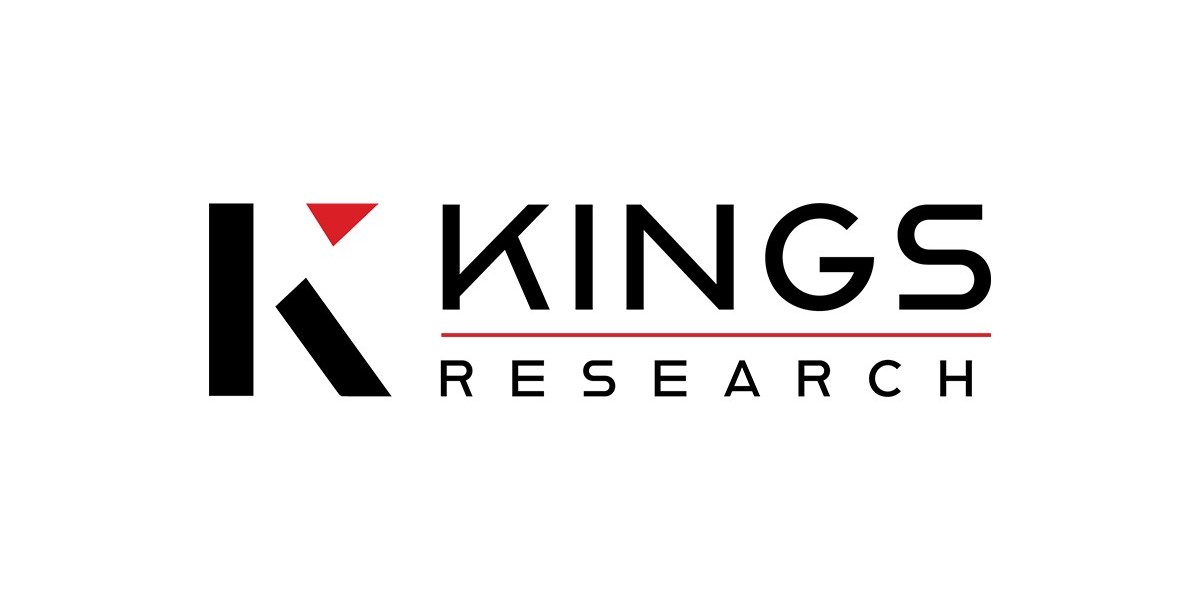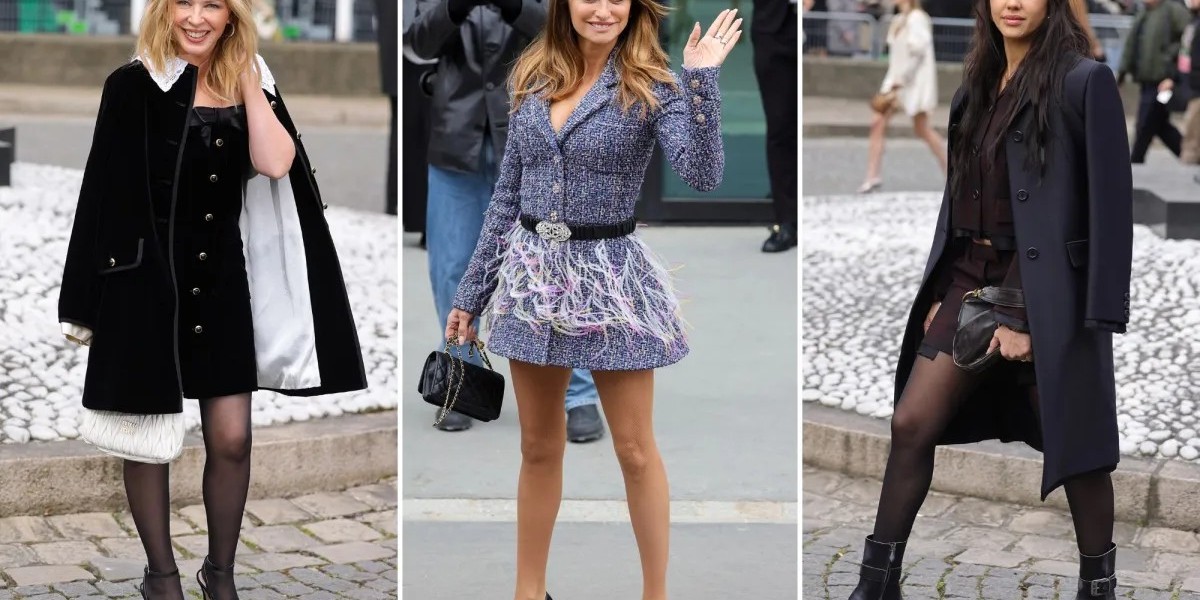Exhibitions, trade shows, and temporary event spaces have always depended on visually striking displays to capture attention. However, in today’s eco-conscious landscape, businesses in the United Kingdom are increasingly considering not just aesthetics, but environmental responsibility. Sustainability has become a key factor in planning, as brands face pressure to reduce their ecological impact while still making a memorable impression at events. Pop-up stands and shell scheme panels are among the most popular display formats, traditionally made from PVC or vinyl. Thankfully, new sustainable fabric solutions now offer an eco-friendly alternative, combining durability, vibrant visuals, and environmental care.
Why Sustainability Matters in Event Displays
Sustainability is more than a passing trend; it is now a business imperative. In the UK, both consumers and industry regulators are increasingly demanding greener practices, including in the world of exhibitions. With thousands of trade shows hosted every year, the volume of waste generated from single-use graphics and synthetic materials is considerable.
Opting for sustainable fabrics can help reduce landfill waste, lower carbon emissions, and reinforce a brand’s commitment to environmental responsibility. Beyond compliance, there is also the reputational value: companies that showcase sustainable displays often find they attract a more positive response from both customers and partners. In short, the materials chosen for a display are now a reflection of the company’s wider values.
Traditional Fabrics Used in Pop-Up Stands and Shell Scheme Panels
Historically, most displays have relied on petroleum-based materials such as PVC, polyester blends, and vinyl. These fabrics are popular because they are affordable, durable, and capable of producing bright, long-lasting graphics. However, their environmental impact cannot be ignored.
- PVC (Polyvinyl Chloride): Non-biodegradable, difficult to recycle, and harmful when incinerated.
- Vinyl Banners: Widely used but reliant on fossil fuels and plasticisers.
- Polyester Blends: Offer strength and flexibility but made from virgin plastics with significant energy costs.
While these materials served the industry for decades, the push towards sustainability is prompting a shift away from these traditional options. Businesses are now looking for fabrics that provide the same professional appearance without the environmental trade-off.
Eco-Friendly Fabric Options for Pop-Up Stands
Sustainable fabrics have come a long way in terms of both quality and variety. Today, exhibitors can choose from a wide range of eco-conscious materials that not only look impressive but also reduce environmental impact.
Here are some of the most promising options:
Fabric Type | Sustainability Credentials | Key Benefits | Considerations |
Recycled Polyester (rPET) | Made from recycled plastic bottles, reducing waste | Durable, lightweight, excellent print quality | Not fully biodegradable |
Organic Cotton Canvas | Grown without harmful pesticides | Natural texture, biodegradable, strong material | Heavier, may crease easily |
Hemp Fabric | Low water use, renewable crop | Extremely durable, rustic appeal | Limited colour vibrancy |
Bamboo Fabric | Renewable and fast-growing | Soft drape, lightweight, breathable | Slightly higher cost |
Bio-Based Tension Fabric | Made from renewable plant-based sources | Innovative, high-quality finishes, eco-friendly | Still developing in market |
These options make it possible for a pop up stand to be both visually engaging and environmentally responsible. For businesses attending multiple exhibitions throughout the year, choosing durable and reusable sustainable fabrics is an excellent long-term investment.
Greener Alternatives for Shell Scheme Panels
Shell schemes are the backbone of many UK exhibitions. These modular systems are typically made from aluminium frames with panels that can be wrapped or covered to showcase branding. Traditionally, laminated plastic boards have dominated the market, but these are neither recyclable nor biodegradable.
Sustainable alternatives are now available in the form of fabric skins and tension systems that fit neatly over shell frames. Key benefits include:
- Fabric Wraps: Can be printed with water-based or UV-curable inks, ensuring vibrant graphics with lower environmental impact.
- Reusable Panels: Modular systems allow for graphics to be re-skinned rather than discarded, cutting down on waste.
- Lightweight Fabrics: Reduce transport costs and carbon footprint.
By choosing eco-conscious options for shell scheme panels, exhibitors can showcase both innovation and responsibility, creating a stand that appeals to environmentally aware audiences.
Design Considerations with Sustainable Fabrics
While sustainability is vital, practicality remains key when selecting materials for event displays. Sustainable fabrics should be chosen with both visual impact and usability in mind.
- Weight & Portability: Essential for a pop up stand that needs to be transported and assembled easily.
- Print Quality: Eco-friendly fabrics now rival traditional materials in terms of colour vibrancy and detail, especially when printed with advanced inks.
- Durability vs Biodegradability: Some fabrics last longer but are slower to decompose, while others are biodegradable but may not withstand years of use.
- Aesthetic Versatility: Sustainable fabrics offer finishes from rustic textures (hemp, cotton) to sleek, modern surfaces (rPET, bamboo).
Balancing these factors ensures that the final design achieves both brand impact and eco goals.
Cost vs Value of Sustainable Fabrics
A common concern is that sustainable fabrics are more expensive. While upfront costs can be slightly higher, long-term value often outweighs the initial investment.
- Durability: Many eco fabrics are designed for repeated use, reducing the need for constant reprints.
- Lightweight Transport: Lighter materials reduce shipping costs and carbon footprint.
- Brand Reputation: Customers increasingly value businesses that demonstrate eco-consciousness.
In practice, sustainable display fabrics are not only cost-effective but also a strong investment in brand image.
Practical Tips for Choosing Sustainable Display Fabrics
Selecting the right eco option can feel overwhelming. Here are some quick tips to make the process easier:
- Check Certifications: Look for fabrics that are OEKO-TEX certified, GRS (Global Recycled Standard) approved, or organically certified.
- Prioritise Reusability: Choose materials that can be easily repurposed for multiple events.
- Match Fabric to Purpose: Lightweight options for portable displays, heavier fabrics for large shell scheme coverage.
- Support UK Suppliers: Reduces transport emissions and supports local industry.
Conclusion
The future of exhibitions lies in innovation that aligns with sustainability. From eco-friendly pop up stand fabrics to reusable shell scheme panels, businesses in the UK have a wealth of options to choose from that combine striking visuals with responsible design. By opting for recycled, organic, or bio-based materials, companies can significantly reduce waste, lower carbon emissions, and enhance their reputation among eco-conscious audiences.
Sustainable choices are not just better for the planet—they also demonstrate a commitment to forward-thinking values that resonate strongly with customers. For those looking to make the switch, companies like VC Print are helping businesses embrace greener display solutions without compromising on design quality or impact.







